Keeping yourself well shaved and shorn is no easy task. It only gets harder if your skin reacts to the hair removal process. Special care before and after you get those pesky hairs removed can make a big difference in your final results. Remember that your skin is your first line of defense against infection. It deserves a little special care before you remove that hair.
Shaving
Pros:
- Inexpensive
- Easy to do at home
Cons:
- Nicks and cuts
- Razor burn
Before shaving, moisten your skin with warm water. The warm water opens the pores and softens the hair, making it easier to remove. Applying a shaving cream or cleansing gel, like SkinResourceMD’s Total Facial Cleansing Gel, acts as a lubricant to help the razor smoothly glide over the skin.
The skin can easily get irritated and dried out after shaping. You can help your skin by applying a moisturizer, such as Total Skin Moisturizer, or a facial moisturizer like Oil Free Antioxidant Facial Moisturizer (if you’re shaving your face) after you shave. Moisturizer gives your skin a little extra recovery help.
Waxing

Pros:
- Removes hair for a long time
- Can reduce regrowth over time
- Leaves the skin smoother
Cons:
- Time-consuming
- Expensive
-
Can cause ingrown hairs
Before waxing, make sure that you’re taking care of your skin by cleansing and moisturizing it regularly. Healthy skin has a better chance of resisting any negative reactions. A gentle cleanser (Total Facial Cleansing Gel) that doesn’t dry the skin can help prevent irritation.
Ingrown hairs can be a problem after waxing. They’re usually caused by dead skin cells or oil clogging the pores. You can help prevent ingrown hairs by exfoliating two or three times a week after waxing.
If you choose a physical exfoliant, look for one with micro-ingredients to prevent further skin irritation. SkinResourceMD’s Crystal Clarity Exfoliation Scrub, for example, contains microbeads of volcanic ash that gently polish the surface of the skin. Large pieces of shells or fruit pits in a physical exfoliant can leave tiny tears on the skin's surface, further irritating the skin.
Your other option is a chemical exfoliant that breaks the bond between skin cells to help remove them. Look for a gentle formula like Alpha Hydroxy Renewal Serum that exfoliates without irritating or removing the skin’s natural moisture barrier.
Threading

Pros:
- Inexpensive
- Long-lasting results
- Quick
Cons:
- Can be painful
- Can cause redness and irritation
- Require special care for 24 hours
Threading is an inexpensive and quick way to get rid of peach fuzz. Before heading to the salon, make sure you are well hydrated. Well-hydrated skin is less sensitive to the threading process. Also, arrive at your appointment with clean, makeup-free skin.
For the first 24 hours after threading, it’s important to take good care of your skin because irritation and redness are fairly common. You can cut down on irritation and redness by:
- Gently washing your face with cold water
- Not touching your face and getting bacteria in the pores
- Applying a lightweight facial moisturizer like Oil Free Antioxidant Facial Moisturizer
- Rubbing sensitive or tender areas with an ice cube (Don’t leave the ice cube in direct contact with your skin.)
Hair removal creams

Pros:
- Simple and easy
Cons:
- Skin irritation
Hair removal creams contain chemicals that break the chemical bonds within the hair so that it easily breaks and wipes away. Make sure to test the cream on a small part of your skin before putting it over a large surface area. You don’t want any additional creams or cleansers on your skin before applying the hair removal cream so cleanse your skin before applying. Never apply hair removal cream to irritated, dry, or cracked skin.
After you’ve wiped off the cream, use a gentle cleanser (Total Facial Cleansing Gel) to wash the skin, and apply a moisturizer (Oil Free Antioxidant Facial Moisturizer).
Laser hair removal

Pros:
- Long-term (sometimes permanent) solution
Cons:
- Expensive
- Can be painful
- May cause skin discoloration
Laser hair removal works by zapping the hair follicle’s pigment, weakening the hair. It only works on actively growing follicles, which is why it often takes several treatments to remove hair from the desired area. Before going to a laser hair treatment, make sure your skin is hydrated.
Follow your provider’s instructions for aftercare. But, in general, you want to use a gentle cleanser and moisturizer with a sunscreen that’s SPF 30 or above. You can also help prevent and treat discoloration by using Baobab Skin Correction Facial Cream. This hydrating cream contains baobab seed oil, a natural oil that helps even pigmentation while moisturizing the skin.

Happy, healthy skin usually starts with adequate moisture
Hydrated, moisturized skin is less likely to get irritated during hair removal treatments. Hydration starts on the inside (drink plenty of water) but ends on the outside. Gentle products that support your skin’s natural moisture will help bring out your skin’s innate glow even when you’re getting rid of pesky hair.


